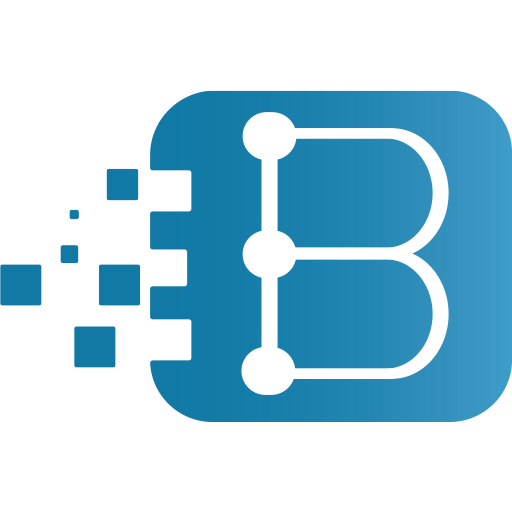Enterprise Resource Planning (ERP) software is a type of business management software that enables organizations to manage and integrate their core business processes in a single, centralized system. ERP software is designed to automate and streamline business operations, improve communication and collaboration between departments, and provide real-time visibility into key performance indicators.
ERP software typically includes modules for finance and accounting, human resources, procurement and inventory management, sales and marketing, production and supply chain management, and customer relationship management. These modules can be customized and configured to meet the specific needs of an organization.
One of the key benefits of ERP software is that it provides a unified view of business operations across the organization. This means that all departments have access to the same data and can collaborate more effectively. For example, sales teams can see inventory levels in real-time, which can help them make more informed decisions about pricing and promotions. Similarly, production teams can see sales forecasts and adjust production schedules accordingly.
ERP software can also help organizations improve their operational efficiency by automating routine tasks and eliminating manual data entry. For example, finance teams can use ERP software to automate the process of creating and sending invoices, while procurement teams can use it to streamline the process of ordering and receiving goods.
Enterprise Resource Planning (ERP) software: These apps help businesses manage all aspects of their operations, including inventory, accounting, human resources, and more.
Expected Hours Breakdown:
- Requirements Gathering and Analysis: 50-100 hours
- Software Design: 150-250 hours
- Development and Integration: 800-1200 hours
- Quality Assurance and Testing: 150-250 hours
- Deployment and Training: 100-200 hours
- Total: 1250-2000 hours
Features:
- Inventory Management: Tracking inventory levels, managing purchase orders, and automating restocking.
- Accounting and Financial Management: Managing expenses, billing, invoicing, and generating financial reports.
- Human Resource Management: Managing employee data, attendance, payroll, benefits, and performance evaluation.
- Customer Relationship Management: Managing customer data, sales, marketing, and customer support.
- Supply Chain Management: Managing the flow of goods and services from suppliers to customers.
- Business Intelligence: Analyzing data to generate insights for strategic decision-making.
Needed Tech:
Programming Languages: Java, Python, PHP, C++, or any other programming language suitable for web-based applications.
Relational Database Management System (RDBMS): Oracle, MySQL, or Microsoft SQL Server.
Frameworks: Laravel, Django, or Node.js.
Cloud Infrastructure: Amazon Web Services (AWS), Microsoft Azure, or Google Cloud Platform.
Security Measures: SSL certificates, encryption techniques, and multi-factor authentication.

Recent Comments